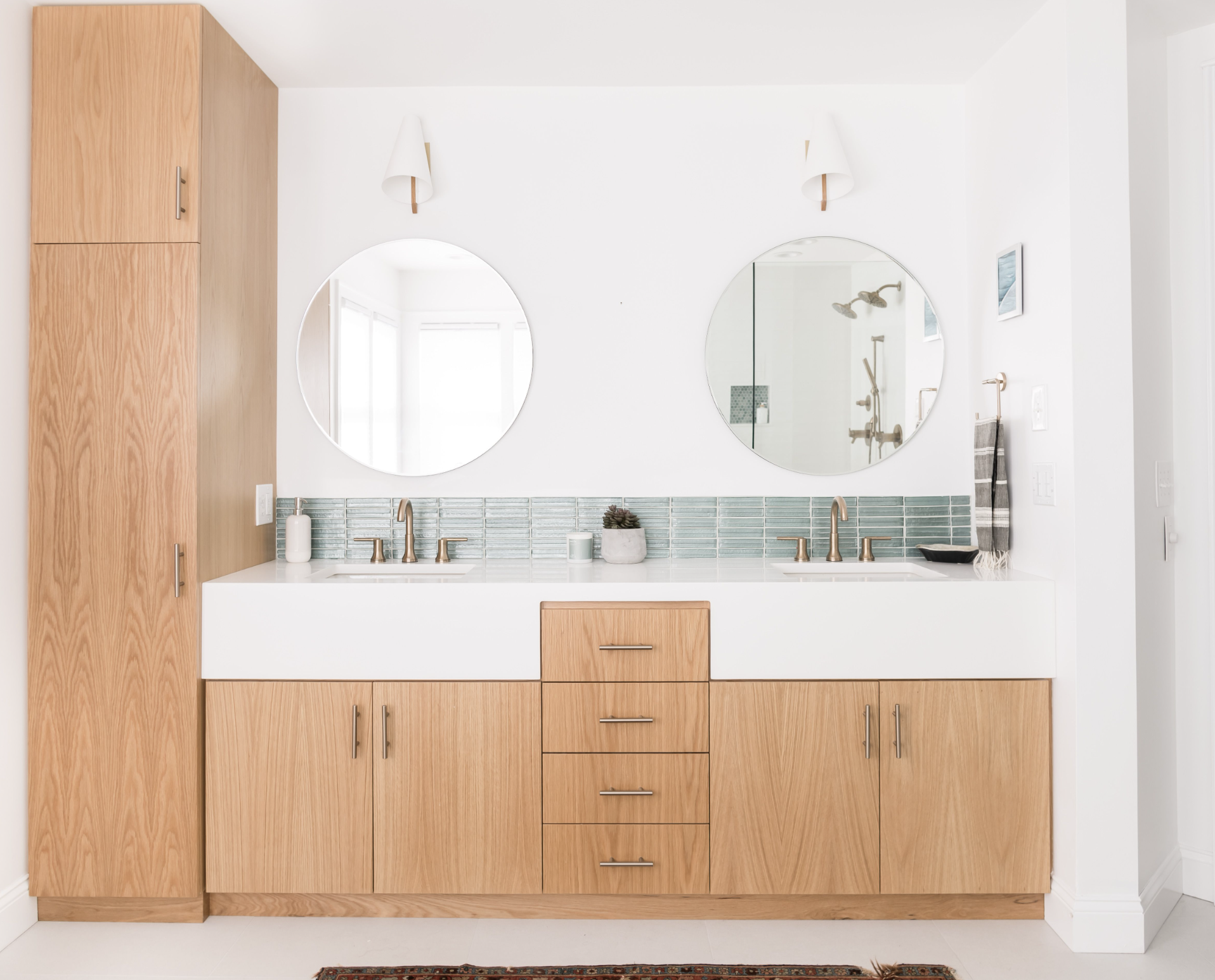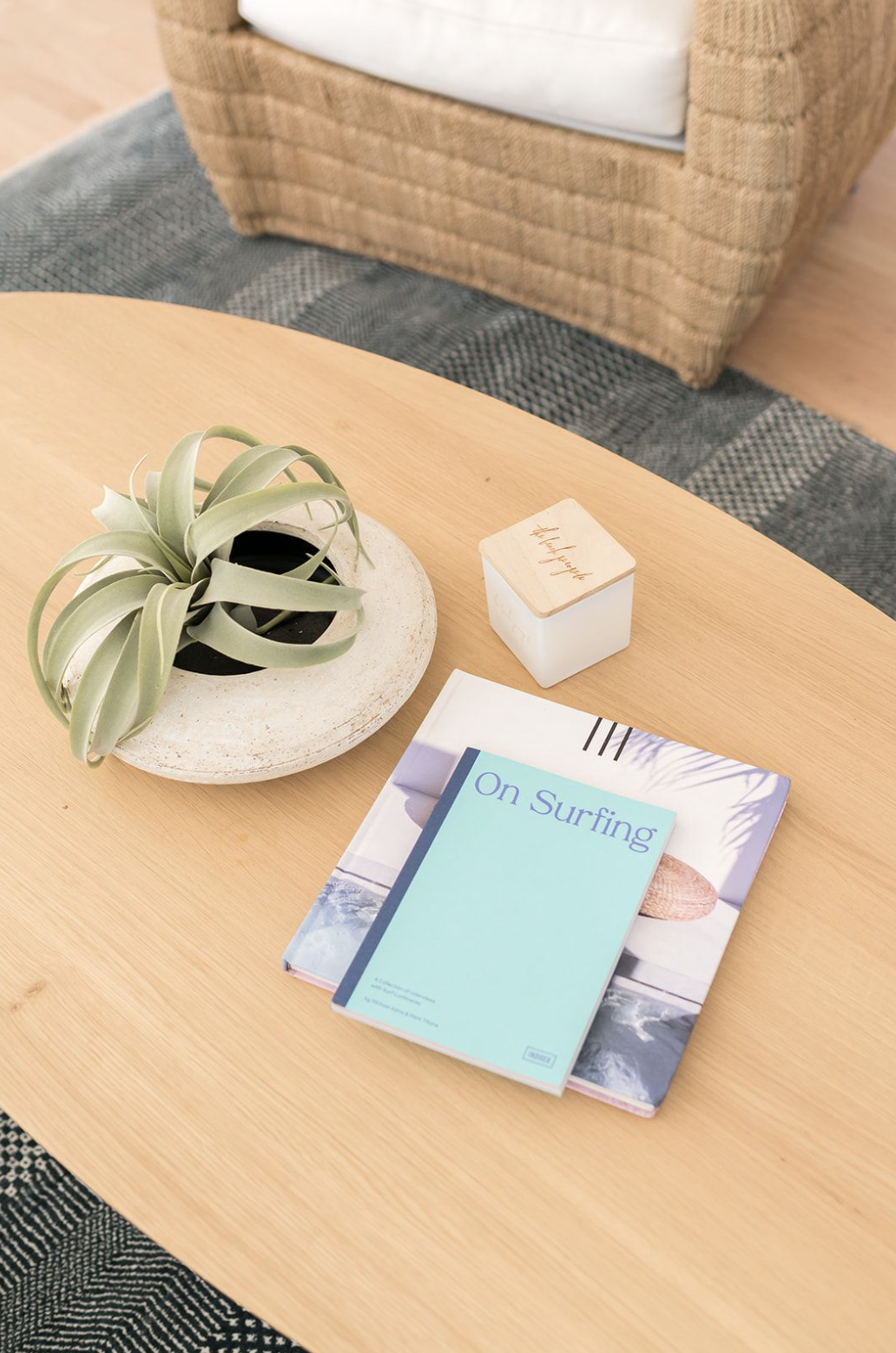How We Turn Outdated Homes into Modern Coastal Retreats
Transforming outdated homes into modern coastal retreats requires careful planning, creativity, and an understanding of modern design principles. Whether you're looking to upgrade a beach house or renovate a property near the coast, this guide will outline the key steps to achieve a fresh, contemporary look that complements the serene coastal environment.
1. Assessing the Existing Structure
Before diving into renovations, it's crucial to evaluate the current state of the home. This includes inspecting the foundation, roof, and other structural elements to ensure they are sound. An updated home should not only look good but also be safe and durable.
2. Embracing Open Concept Layouts
One of the most effective ways to modernize an outdated home is by creating an open floor plan. This involves removing non-load-bearing walls to connect living spaces, allowing for better flow and more natural light. An open concept fosters a relaxed atmosphere that is perfect for coastal living.
3. Choosing a Coastal Color Palette
A modern coastal retreat should reflect the colors of its surroundings. When selecting a color palette, opt for soft neutrals, pale blues, and sandy beige tones. These hues evoke a sense of calm and serenity, making the space feel inviting and cohesive. Accent colors can be added through decor and furnishings to bring in a playful element.
4. Updating Fixtures and Finishes
Modern homes often feature sleek fixtures and clean lines. Updating light fixtures, cabinet hardware, and plumbing fittings with modern alternatives can make a significant impact. Consider materials like brushed nickel, gold, or matte black for a fresh look. Additionally, choose finishes that are easy to maintain and resistant to humidity.
5. Incorporating Natural Elements
Bringing the outdoors in is a hallmark of coastal design. Incorporate natural materials such as wood, stone, and glass into your renovations. Reclaimed wood beams, stone countertops, and large windows not only provide aesthetic appeal but also enhance the connection to nature.
6. Maximizing Outdoor Spaces
Coastal retreats should include functional outdoor spaces. Expanding patios, adding decks, or creating outdoor kitchens can turn a basic yard into an entertainment hub. Use weather-resistant furniture and decor to ensure longevity in the coastal climate.
7. Sustainable Practices
Incorporating eco-friendly materials and energy-efficient appliances is essential when modernizing a coastal home. Consider solar panels, biodegradable materials, and low-VOC paints to minimize your environmental impact. A commitment to sustainability not only benefits the planet but also enhances the home’s appeal to eco-conscious buyers.
8. Designing for Comfort
In a modern coastal retreat, comfort is key. Opt for open shelving, soft fabrics, and cozy seating to create a welcoming environment. Layering textiles such as throw pillows, blankets, and area rugs can add warmth and style to your space.
Conclusion
Transforming outdated homes into modern coastal retreats is a rewarding endeavor that combines functionality with aesthetics. By embracing open layouts, natural materials, and sustainable practices, you can create a harmonious living space that resonates with the beauty of the coast. With thoughtful design and execution, your home can become a tranquil getaway that you will enjoy for years to come.
By following these principles, you can ensure your renovation not only meets contemporary standards but also stands the test of time, capturing the essence of coastal living.








